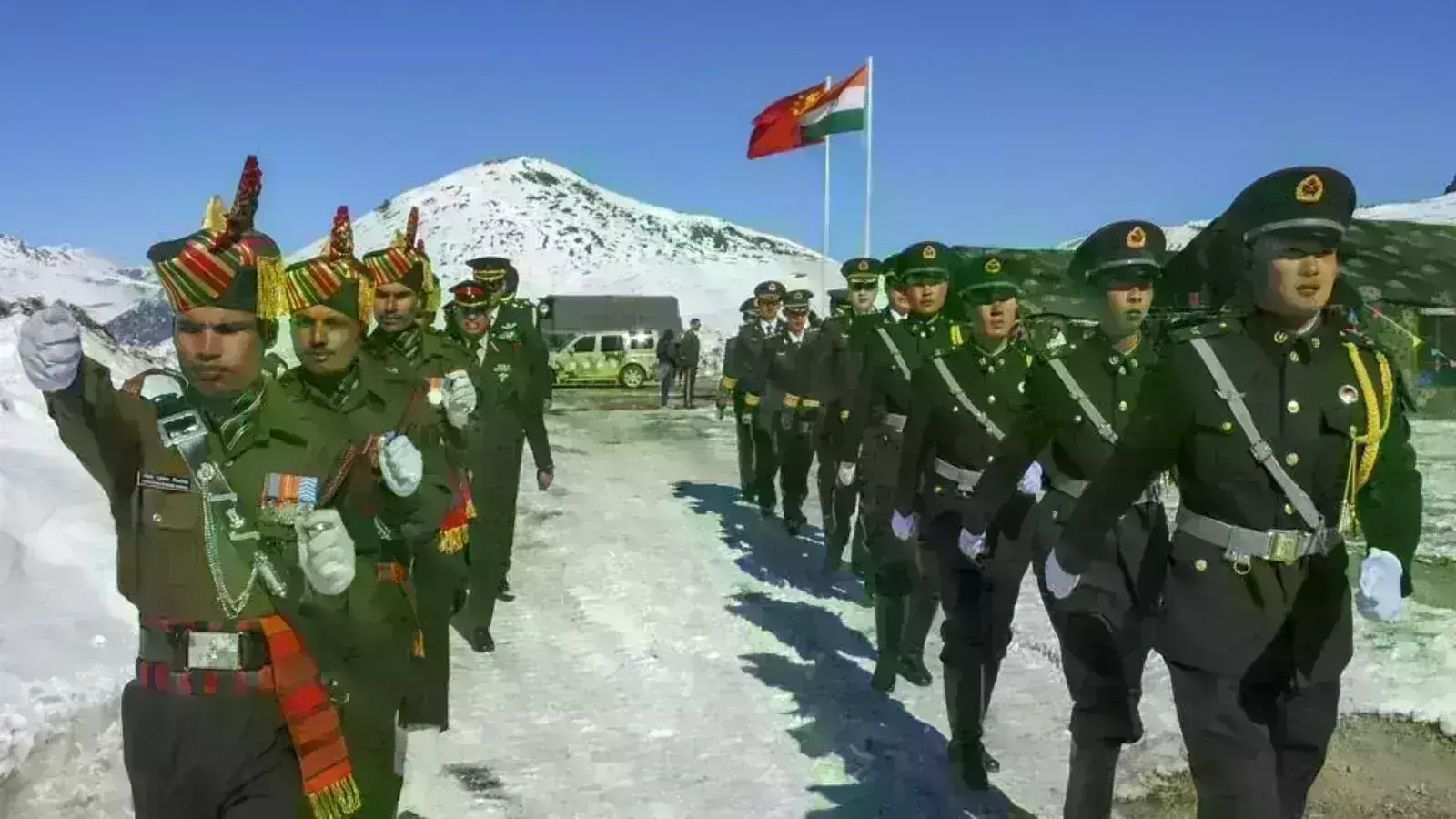India-China tensions persist despite diplomatic talks, business and trade increase
Despite Delhi's attempts to reduce economic ties with China, trade dependence on its neighbour has surged
image for illustrative purpose

In a surprising turn of events, the Army's Western Command swiftly removed a video of its investiture ceremony, while the Central Command's footage remains accessible. The citations disclosed details of clashes, including a Chinese troop attack at Shankar Tekri in January 2022 and another attempt to seize the Atari post in November 2022.
The Galwan Valley clash in June 2020, resulting in the first combat fatalities in 45 years, marked a turning point. Despite subsequent diplomatic talks, incidents like shots getting fired at Pangong Lake in August-September highlighted the complex nature of the standoff.
Army Chief General Manoj Pande acknowledged the stability but sensitivity of the northern border, underscoring ongoing talks to address the balance between both sides. Since the standoff began in April 2020, over 50,000 troops have been deployed in eastern Ladakh.
Recent gallantry award citations revealed Chinese incursions even after disengagement agreements. Notable incidents included a January 2022 attack on an Indian Army post and a thwarted attempt in November 2022 by a junior commissioned officer. Covert operations, such as a Para SF officer providing live feed from the Chinese side, added complexity to the situation.
The investiture ceremony highlighted soldiers' bravery in hand-to-hand combat, repulsing attacks, and undertaking covert missions. These revelations came amid ongoing diplomatic negotiations, emphasizing the persistent challenges in resolving the LAC crisis.
Despite the disclosure of these incidents, the Army chief reiterated the stability of the situation, emphasizing high operational preparedness and balanced deployment. The revelations underscore the intricate nature of the standoff between India and China, with military tensions persisting alongside diplomatic efforts to find a resolution.
In a series of incidents revealing the ongoing tensions between India and China, a new attempt by China's People's Liberation Army occurred on November 27, 2022, just two months after disengagement at Patrolling Point-15 in the Gogra-Hot Springs area. A junior commissioned officer successfully led his troops in repulsing the attack but was wounded in the process, according to citations in the Army awards.
The citations further disclosed that the Indian Army conducted two covert operations at the Line of Actual Control, with one taking place in September 2022. The details of the other operation remain classified. In a separate incident, a high-ranking official in the Para (Special Forces) crossed over to the other side, providing 120 hours of live feed on Chinese military movement.
Recognition for acts of bravery was conferred upon three Army soldiers and officials on January 26, with additional awards presented on August 15.
In a stark revelation, despite Delhi's attempts to reduce economic ties with China, trade dependence on its neighbour has surged, as reported by The Mint. This comes amid multiple instances of border aggression from the Chinese Army, showcasing the complex dynamics between the two nations.
Analyzing the India-China trade data from the Ministry of Commerce and Industry reveals a concerning trend. Between the first half of the financial year 2020-’21, marked by clashes in the Galwan Valley, and the ongoing financial year 2022-’23, Indian imports from China have risen, while exports to the neighbor have declined. Consequently, India's trade deficit with China has continued to expand, reflecting the imbalance between imports and exports.
Trade deficit widens despite ongoing standoff
India's total exports to China in the fiscal year 2023 reached US$244,871.70, while imports from China soared to US$390,660.90. This data, sourced from the Ministry of Commerce and Industry, underscores the persistent challenges in achieving a balanced trade relationship.
The overall foreign trade deficit for the 11 months of 2023 stood at a substantial $203 billion. However, there is a noteworthy decrease of $40 billion compared to the same period last year. Despite efforts to address the trade imbalance, China remains India's second-largest trading partner, with transactions exceeding $95 billion in commodities and services. Unfortunately, India continues to grapple with a significant trade deficit, amounting to nearly $70 billion until October 2023.
Electronics Dominate Imports as Trade Gap Persists
Breaking down the figures, India's total imports from China reached $82.65 billion by October 2023, witnessing a decrease of $5 billion from the previous year. Notably, electronics constitute over 26 per cent of India's total imports from China, emphasizing a concentrated dependency on certain sectors. In contrast, India's exports to China experienced modest growth, increasing by $220 million and totalling $13.19 billion by October 2023.
As the trade deficit persists and economic ties face challenges, the evolving dynamics in the India-China standoff continue to influence not only geopolitical relations but also the economic landscape between the two Asian giants.

